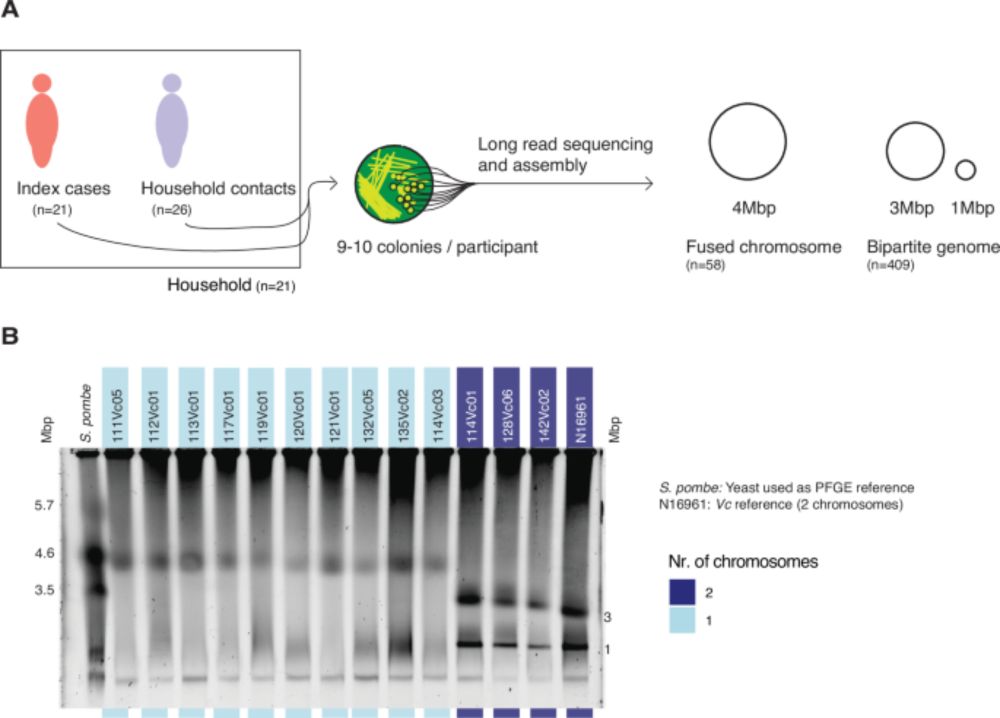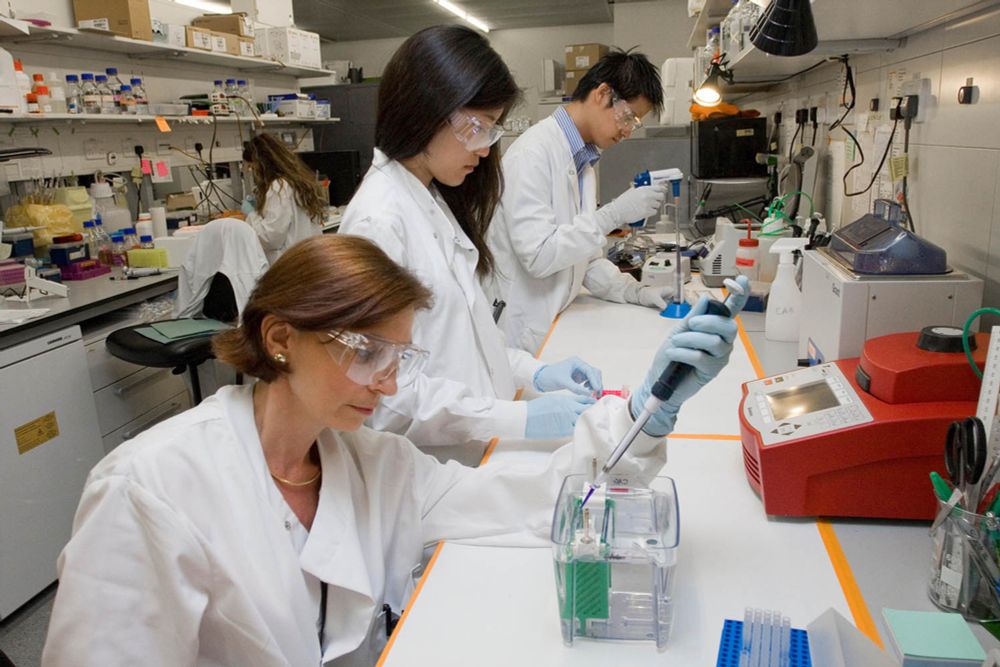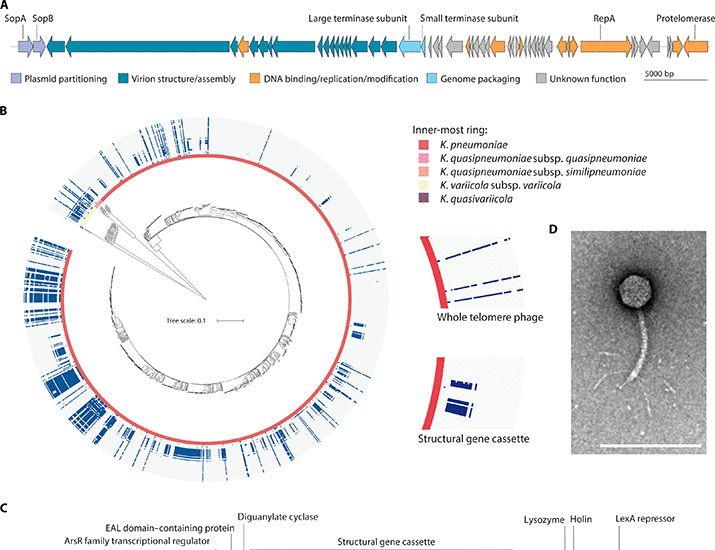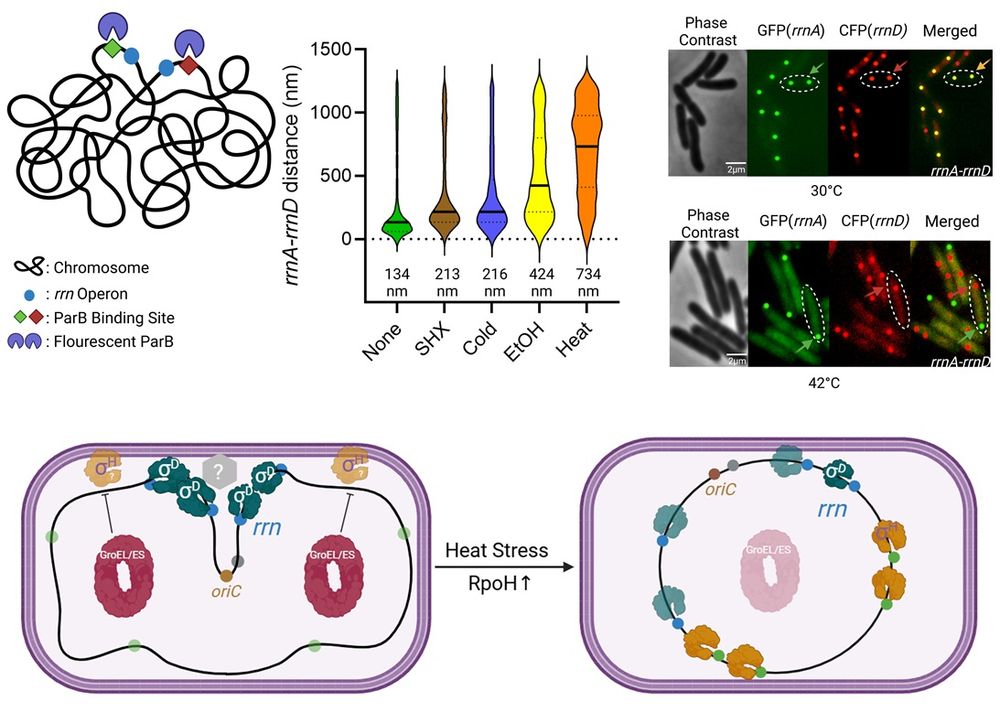(Fancy!) transposon-insertion sequencing identifies essential genes in #phage. By @aharms485.bsky.social & Co.
www.biorxiv.org/content/10.1...

(Fancy!) transposon-insertion sequencing identifies essential genes in #phage. By @aharms485.bsky.social & Co.
www.biorxiv.org/content/10.1...
Origins of a tangled bank: Adaptation and evolution in antibiotic-producing Streptomyces
www.gla.ac.uk/postgraduate...
please repost
Origins of a tangled bank: Adaptation and evolution in antibiotic-producing Streptomyces
www.gla.ac.uk/postgraduate...
please repost


1/6 🦠🧪🧬🔬
www.biorxiv.org/content/10.1...
1/6 🦠🧪🧬🔬
www.biorxiv.org/content/10.1...
Vibrio cholerae, which is "supposed to" have TWO circular chromosomes (3 + 1 million base pairs) often has just ONE fused chromosome (4 Mbp).
www.nature.com/articles/s41...
(1/n)

pubs.acs.org/doi/10.1021/...
#MicroSky #SGBUG 1/4
pubs.acs.org/doi/10.1021/...
#MicroSky #SGBUG 1/4
urldefense.com/v3/__https:/...

urldefense.com/v3/__https:/...
But we have replaced it with a completely rewritten and extended implementation: pyani-plus!
github.com/pyani-plus/p...
1/

But we have replaced it with a completely rewritten and extended implementation: pyani-plus!
github.com/pyani-plus/p...
1/

thebullshitmachines.com
thebullshitmachines.com


elifesciences.org/articles/101...

elifesciences.org/articles/101...
✨ 🧑🏾🔬 Black In Micro Week Returns 🦠
Get ready for October 2025!! Stay tuned for *abstract* submissions and full *program* info released this summer. COMING SOON.
We're Baaaaaack #BlackInMicro #BiM2025 #BlackInMicrobiology

✨ 🧑🏾🔬 Black In Micro Week Returns 🦠
Get ready for October 2025!! Stay tuned for *abstract* submissions and full *program* info released this summer. COMING SOON.
We're Baaaaaack #BlackInMicro #BiM2025 #BlackInMicrobiology
It's about Jacques Monod, discoverer of the lac operon, who risked everything to fight fascism/Nazis as a part of the French Resistance, along with his buddy Albert Camus.
Be like Jacques.
www.penguinrandomhouse.com/books/213596...

It's about Jacques Monod, discoverer of the lac operon, who risked everything to fight fascism/Nazis as a part of the French Resistance, along with his buddy Albert Camus.
Be like Jacques.
www.penguinrandomhouse.com/books/213596...


www.science.org/doi/10.1126/...

www.science.org/doi/10.1126/...
journals.asm.org/journal/aem/...
journals.asm.org/journal/aem/...




